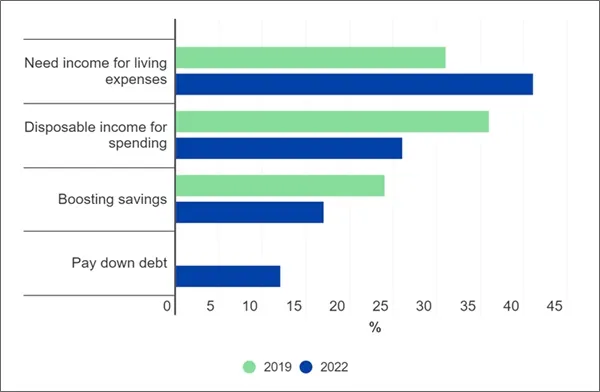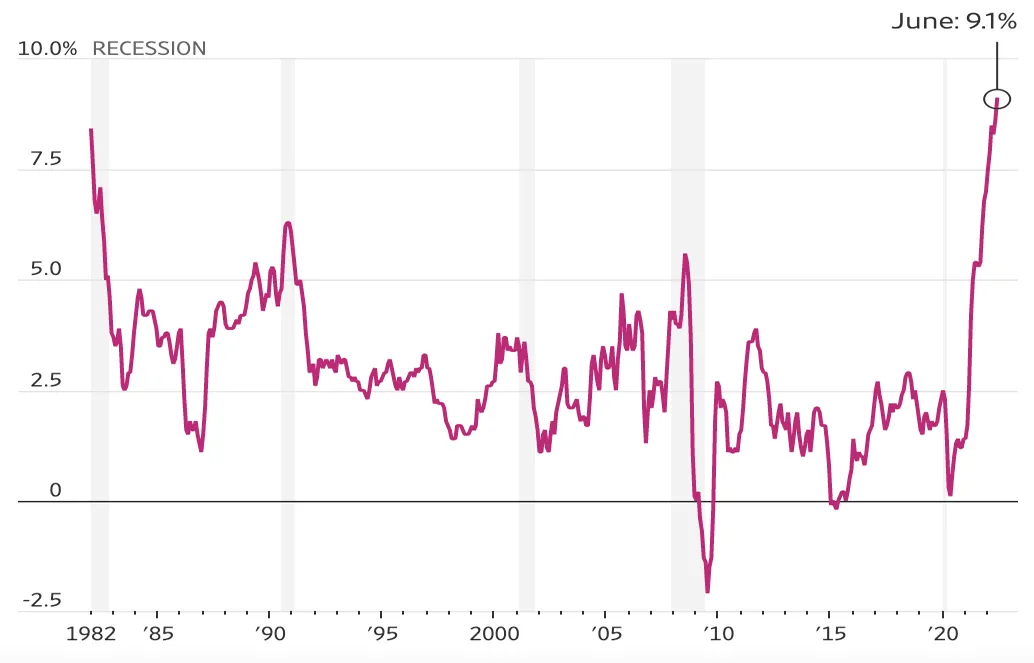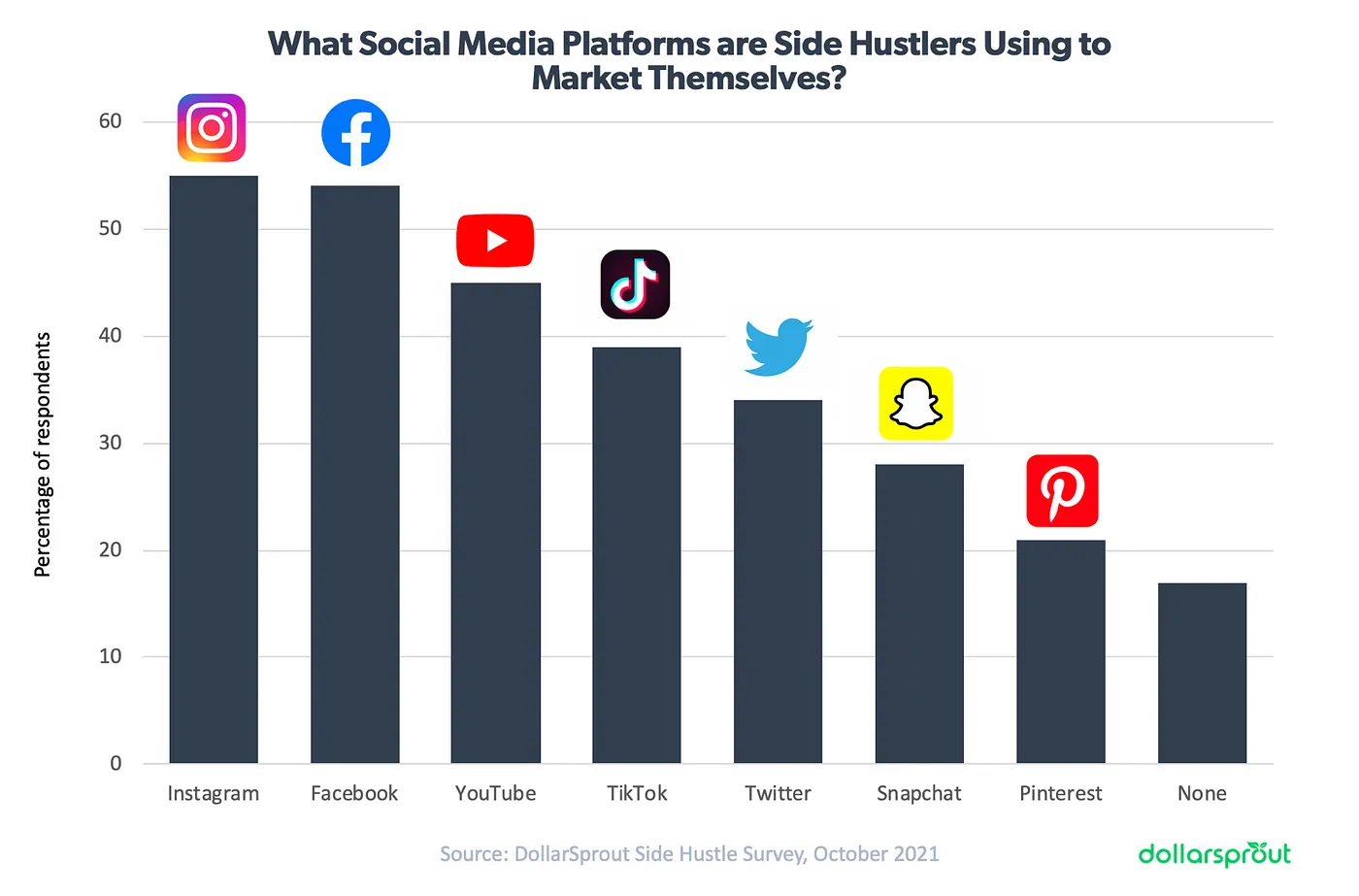“Quiet quitting” is just a new term for “side hustling” or “moonlighting.”
In 2020, remote work became a thing. In 2022, it’s time for “quiet quitting”. You’ve probably seen this new term popping all over the internet this year. Contrary to what it implies, it does not mean quitting your job per se, but rather doing the bare required minimum, with the goal of keeping your job’s benefits while working as little as possible. Employees who practice quiet quitting only engage in work-related activities when strictly necessary. They don’t work overtime, don’t start early, and are generally speaking very disengaged at the workplace.
It would be easy to think that remote work is what led to quiet quitting because it sounds natural. People stay at home, have more time for their own hobbies, and venture ideas… So it is inevitable that some of them are going to find a way to make good money on their own, and eventually quit their 9–5 to go make their own thing.
But it’s not that easy. Some people prefer to work in an office and still make time for their own hobbies, while others who stay at home and have plenty of time never even think about quitting their 9–5 and doing their own thing. In this article, we’re focusing on people who do have do have other venture ideas. The creative, entrepreneurial, visionary, forward-thinking folks. Those who work extra hours on their own thing once they’re back from the office, those who use the flexibility remote work offers to start a business. Those who have a side hustle.
In the United States, roughly 45% of the overall population reports having a side hustle. In the UK, 42% of millennials report the same. These numbers have skyrocketed especially since the pandemic. In 2021, 60 million people planned to start a side hustle, and the global side hustle economy is expected to be worth $455 billion by the end of this year.
But just because you have a side hustle doesn’t mean you’re quiet quitting, it simply means that you’re gearing up toward a new future. People don’t keep a job for the same 25-year career anymore. You can now work from anywhere, search for new work opportunities everywhere in the world, and communicate with thousands of people online who may have your next gig lined up.
The statistics around how fast the 9–5 marketplace is moving are mind-boggling. Approximately 50 million people search for jobs on LinkedIn every week. This gives us an idea of how easy it is to go look for something else if you’re not satisfied with your current work situation. Of those tens of millions of people, 3 get hired every minute on the social network. That’s 4320 per day, and the network is nowhere near stopping: LinkedIn saw a 22% increase in traffic in 2022 so far.
There’s also a new breed of people who are not shy about their “double work life” and mention both their 9–5 job and their side hustle on their LinkedIn profile. This shows skill diversity, and also highlights your ability to handle a tricky schedule.
Does it make money? 🔗
In 2019, the number one reason people picked when asked “Why do you have a side hustle?” was “disposable income for spending”. In 2022, it was “need income for living expenses.”

Inflation has been at its highest in over 40 years, and this means that a lot of people are strapped for cash. Even if you manage to convince your boss to give you a 5 or 8% raise, you’re still not beating inflation in most places around the world right now. Your cash is losing value month-to-month, and groceries are not getting cheaper by the day.

The average monthly income of a side hustle is $483. While that’s a lot of money for many people, it’s not enough to get by, and that’s why people keep their 9–5 as well. Again, quiet quitting is not necessarily about being disengaged at work and doing the bare minimum. People simply need more cash, and if their employer is not going to give it to them, they find their own ways: 44% of people use their side hustle money to cover bills.
How much money is enough money to quit? Side hustlers and quiet quitters said they would need to make an average of $4,500 per month to even consider leaving their full-time job. Side hustles often have unpredictable and irregular income, so unless you can build a business that brings in solid numbers every month, relying solely on your it is still considered risky by many.
The future of side hustling is online 🔗
These days, people side hustle both offline and online. Here are some of the most popular activities people choose to make a few extra bucks:
Online 🔗
- Taking surveys
- Freelancing
- Selling items
Offline 🔗
- Home repair
- Landscaping
- Childcare
That being said, side hustlers who have a website always make more than those who don’t, no matter the income bracket, and no matter the nature of the work:

40% of side hustlers used an online platform to find work in 2021, while only 15% did the same in 2015. Expect that number to grow even more in the coming years. Having your website/platform is not only a great way to get leads for potential new gigs, but it also gives you exposure, makes you look more professional, and is a great way to showcase your skills to new customers.
Social media also plays a big part in side hustling, whether you have an “IRL” business or an online one. A survey from October 2021 revealed that 55% of side hustlers use Instagram to promote their services, with Facebook a close second (53%), and Youtube in the third position.

Don’t be fooled by quiet quitting 🔗
Quiet quitting is not about quitting, it’s often not even about being disengaged. In fact, the most accurate part of the term might just be the “quiet” one. People are usually not too vocal about their side hustle because they don’t like their employer knowing they’re making money on the side. But it doesn’t mean that they’re not engaged at work and don’t deliver on their 9–5 obligations.
Quiet quitting is nothing more than a new term for side hustling, for building your own thing. Thirty years ago, this was also called “moonlighting.” The term “side hustle” has transitioned from being an obscure activity only a few entrepreneurial folks were doing to a necessity for many, a way to bring in more income, and work on your own terms, all the while being able to keep a guaranteed paycheck with a 9–5.
Whether you started your side hustle as a passion project, or because you have to pay the bills, there’s always a possibility that it will turn into something bigger. Many businesses were born out of side hustling, and if you ever get to that point, you’ll be able to stop “quiet quitting” and loudly tell your boss “I quit.”
Enjoy the journey, and remember to take time off.



